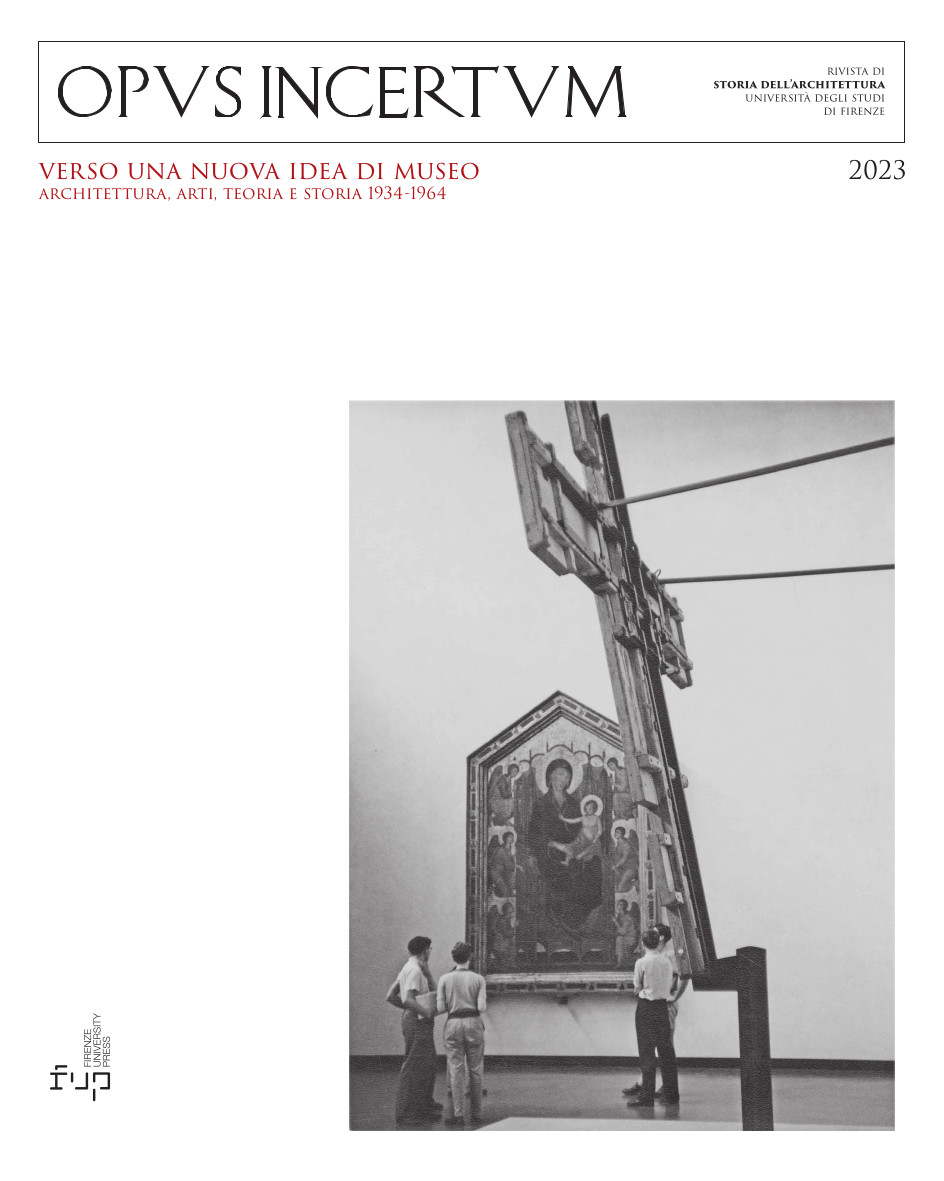Published 2023-12-13
Keywords
- cultural policy,
- authenticity,
- contingency of historiography,
- house-museum,
- scenography
How to Cite
Copyright (c) 2023 Pablo von Frankenberg

This work is licensed under a Creative Commons Attribution 4.0 International License.
Abstract
In 1962, the house in which German astronomer Johannes Kepler died in Regensburg/Ratisbona was transformed into a museum about the founder of astrophysics and discoverer of the laws of planetary motion. The refurbishment of the medieval residential building and its repurposing unveils an understanding of science, history, heritage protection, and museum that is characteristic of the time and, simultaneously, allows insights into the peculiarities of cultural politics in post-fascist Germany. The architectural approach that was taken to preserve the historic monument was creative rather than scientific. For instance, it assembled parts from other houses of the same epoch to replace missing ceilings in order to create an “authentic” historic atmosphere. This authenticity was also perceived by visitors to the exhibition. A house-museum evolved with furniture that only appeared to be Kepler’s and a building that was altered in a way that makes it hard to distinguish between the different layers of time. Both the architecture and the permanent exhibition blurred the boundaries between stage and museum, props and exhibits, and authenticity and make-believe.

